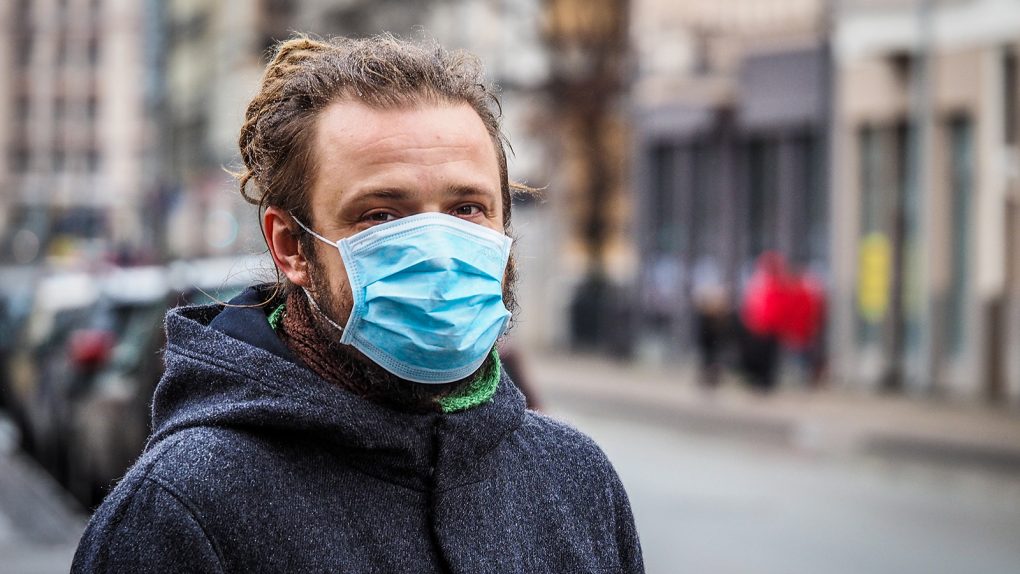- Among the coronavirus tips everyone knows to practice by now are the taking of steps like wearing face masks and practicing social distancing in public.
- One news outlet recently decided to dive into that a little more, assembling a panel of health experts and asking them — with those behaviors in mind — where are the riskiest places people can be right now in terms of catching the coronavirus.
- The answers include the usual suspects, everywhere from large gatherings to bars.
The foremost infectious diseases expert in the US was asked in recent days whether he would attend President Trump’s upcoming political rally in Tulsa, Oklahoma. “Personally, I would not,” was the reply of Dr. Anthony Fauci, who also serves as the director of the National Institute of Allergy and Infectious Diseases. He gave that answer because, for one thing, he’s 79 years old, which puts him squarely in the demographic camp that’s most vulnerable to the coronavirus.
However, his response also is reflective of something else — the fact that large gatherings of people are recognized as one of the kinds of settings most amenable to the spread of the coronavirus. The very opposite, in other words, of the social distancing practice we’re all supposed to be following right now, along with mask-wearing.
With that in mind, the Michigan-based news site MLive recently decided to gather and interview four public health experts about the kinds of activities and environments that put people most at risk for contracting COVID-19.
The experts included: Dr. Matthew Sims, Beaumont Health director of infectious disease research; Dr. Dennis Cunningham, McLaren Health Care medical director for infection prevention; Dr. Mimi Emig, retired infectious disease specialist with Spectrum Health; and Dr. Nasir Husain, Henry Ford Macomb medical director for infection prevention. In assessing the different kinds of environments and settings for coronavirus risk, these experts also weighed five factors — whether the activity or setting takes place indoors or outside; how close people are to other people; how long people would be exposed to other people; the likelihood of people present complying with coronavirus-related best practices; and “personal risk level.”
In no particular order, let’s dive into some of the places and kinds of environments where this panel is warning people not to go:
- Bars – “I’d probably give bars a 10,” Sims said about the risk present in bars. “I’m really worried about bars.” Reasons why include the fact that, by definition, people are drinking, so … they’re not exactly thinking straight, let’s put it that way. You can’t drink and wear a mask simultaneously, so that protection is out the window. People are also packed close together and mingling with each other, all big risk factors in the age of coronavirus.
- Concerts and, presumably, similar large public gatherings – One reason concerts are such a risky environment has to do with the crowds packed together (same with a gathering of any kind, like the Trump rally mentioned above. The recent protests around the US also fit in here — in fact, health experts here in Memphis where I live have been publicly encouraging protest attendees to get tested for the coronavirus). One way musicians are trying to get around this is by the idea of drive-in concerts.
- Amusement parks – Sims has described parks like these as “about the riskiest you can get” in terms of unsafe environments. You can imagine how difficult it will be to keep people spread out enough to enforce social distancing, and parks will also need to limit the number of people in the park in general, in addition to regularly wiping down rides. Nevertheless, Disney is planning a phased reopening of its parks starting in July.
- Churches – Singing hymns are one of the things that bump up the risk level at churches. “If they add singing, then it’s on a par with bars,” Emig said. “People are going to hate that, but it’s the truth.” Perhaps, though, congregants could be spread out enough to encourage social distancing, in addition to wearing masks. Nevertheless, there are plenty of examples like this one, where a single person at church exposed 180 people to coronavirus.
- Schools – The risk at schools is obvious, starting with the fact that large groups of kids are around each other for large chunks of the day. School officials around the country — like Kristi Wilson, superintendent of the Phoenix-area Buckeye Elementary School District, where schools will reopen August 5 — are struggling with the imperative to get schools reopened while also managing safety elements. “You don’t want to be the superintendent to open too quickly and somebody dies,” she told Politico. “Live with that! It’s just way too much to take on.”








